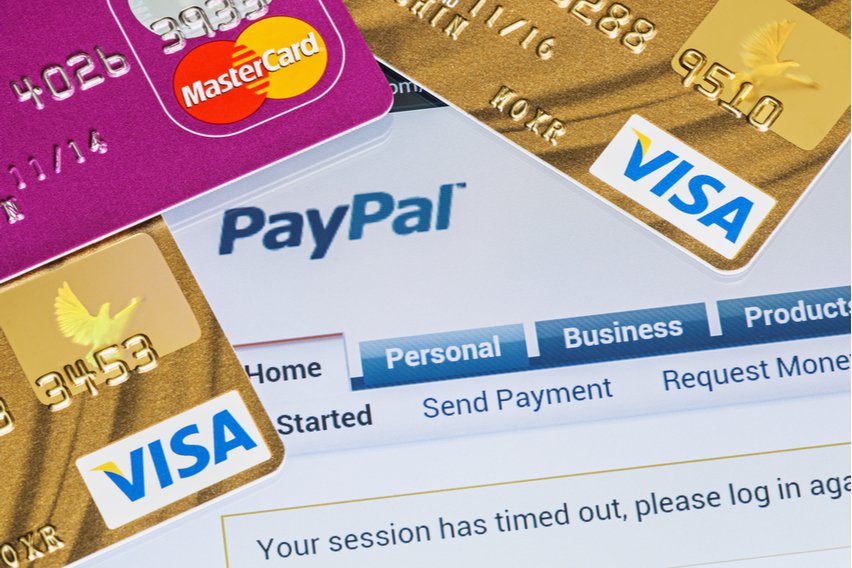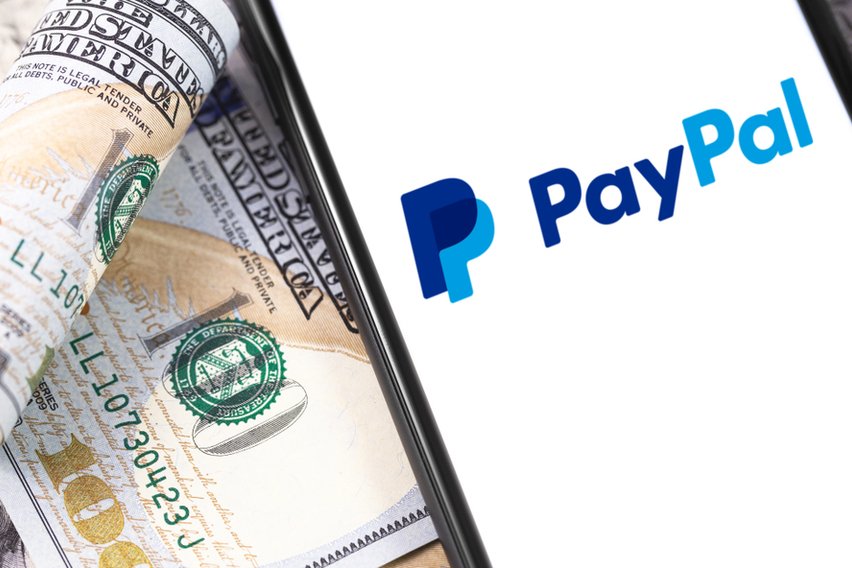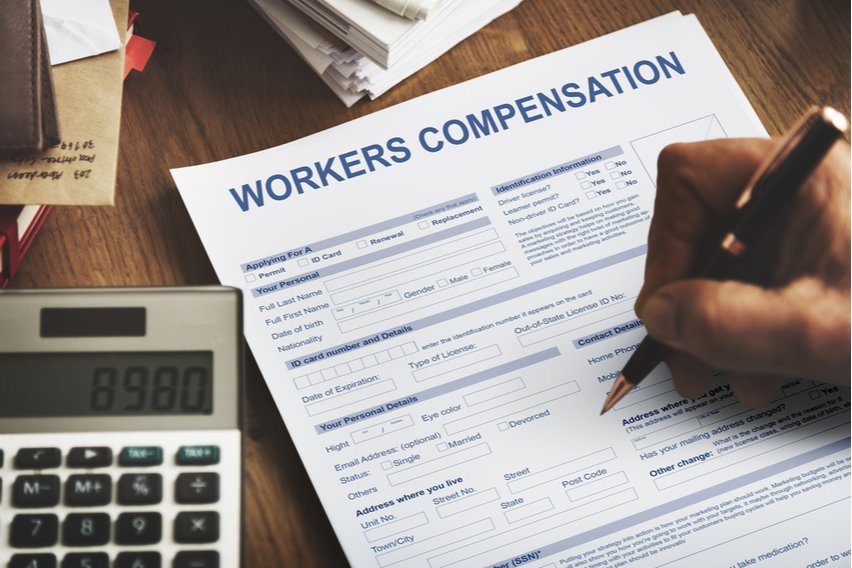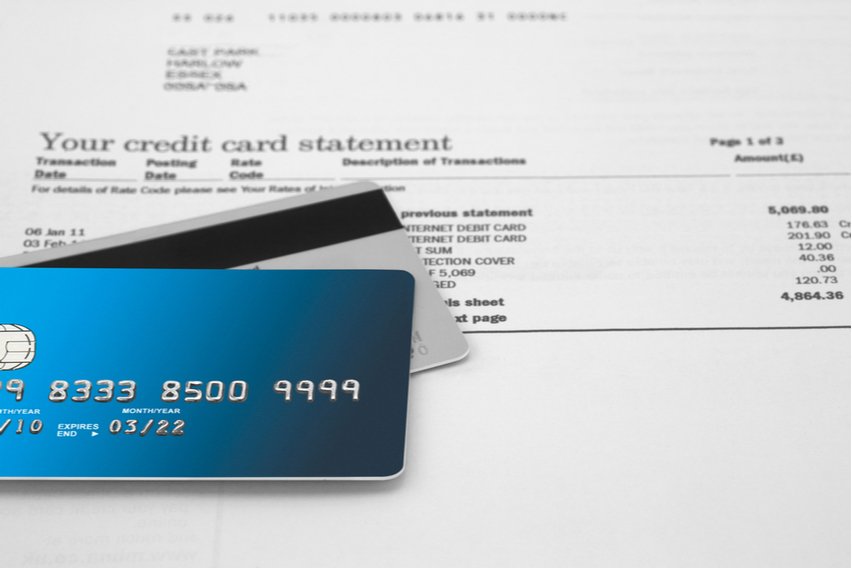What Is Payroll Processing? How to Process Payroll (Guide)

It’s easy to process your own payroll. Here are 6 steps to get you started.
What exactly is payroll processing and how can you create a smooth and accessible payroll process for your business?
Payroll processing is the process it takes to deliver a final paycheque. The thing with payroll processing is that there’s more than one way to go about it. With different methods and software available, it can be overwhelming to make the right choice. Luckily we’ve created a complete guide on how to choose a payroll processing method and get those paychecks delivered!
Let’s go a bit deeper and outline the necessary steps to set up a stellar payroll process:
Here’s What We’ll Cover:
Step 1: Choosing a payroll system
Step 2: Create your payroll policy
Step 3: Gather employee information
Step 4: Tracking and recording time
Step 6: Deliver cheques and run reports
Step 1: Choosing a Payroll System
The payroll process usually starts small and falls into the hands of the business owner. However, as a company grows, the job can become more complex and often gets passed to the accountant or HR manager. The payroll system you choose should reflect the growth stage of your company. Consider these options:
Manual: If you are just starting out as a small business, a manual payroll system is often the best choice. This type of system can be organized through spreadsheets or even with pen and paper.

Outsourced: Hiring someone else to crunch the numbers can relieve pressure from an over-burden of tasks. They can handle things like taxes, bookkeeping, and deductions.
Payroll Software: With business growth, you may need some technical support in the form of payroll software. These types of software can help streamline the process. It can also provide additional services like invoicing, accounting, and time tracking.
Step 2: Create Your Payroll Policy
Your payroll policy will describe “how” your employees will get paid, “when” they will get paid, as well as other rules decided by the local labor boards.
In addition to local labor laws, your policy should include:
The date of pay is also known as “payday.”
The length of each pay period, including stat holidays and other special dates.
The method of payment (by cheque or direct deposit)
Payroll deductions including benefits and tax details
Step 3: Gather Employee Information
Have employees submit their payroll documents and tax forms so that they can be approved for certain benefits and tax deductions. The most important information you will need from employees is their Social Security number and tax filing status.
If you will be delivering payments through direct deposit, you will need your employees’ banking information. Once you have their direct deposit information, you can go ahead and submit it to your bank or payroll service.
Step 4: Tracking and Recording Time
A tracking system records the times that your employees will clock in and out each day of work. There are many ways to do this. If you are a small business, simply getting employees to write down hours manually on a time card works great. Also, depending on the size of your company, you may opt to use payroll software that will clock it in automatically.
At the end of the pay period, employee time cards are collected and recorded. If time cards are manual, you would have to add up the hours and transfer the information to your payroll reports. Digital cards are a bit easier in that they usually just require an import into another file.
Step 5: Submit for Approval
Before submitting timecards for approval, it’s important to double-check the hours and payments. Miscalculations can happen but you may be able to avoid this by triple checking or using payroll software.

Step 6: Deliver Cheques and Run Reports
Once payments are processed and delivered, it’s time to update those records! Keep track of federal tax deductions, health insurance claims and other social security amounts so you can refer to them later. Some labor laws require you to keep these records so be sure not to forget this step!
Key Takeaways
Let’s quickly recap what we’ve learned about payroll processing:
Payroll processing consists of inputting employee information, processing hours, applying deductions and delivering the final cheque.
You may choose to go with a manual, outsourced, or payroll software processing system.
Your payroll policy should include things such as the pay date, the method of payment, length of the pay period and any deductions.
Tracking time can be done manually or through payroll software.
Double and triple-check your data and be sure to input the appropriate information into your records.
What did I tell you, payroll processing is just that, a process! As long as you follow the steps and are meticulous about details, you’ll no doubt be successful each and every payday.
Setting Up Payroll 101 [Video]
RELATED ARTICLES

 5 Best Online Credit Card Processing Companies
5 Best Online Credit Card Processing Companies How to Withdraw Money From PayPal Account: Tips & Tricks
How to Withdraw Money From PayPal Account: Tips & Tricks Steps on How to Transfer Money From Bank to PayPal Account
Steps on How to Transfer Money From Bank to PayPal Account What Is Compensation? Definition, Importance & Types
What Is Compensation? Definition, Importance & Types Credit Card Statement: What It Is & How to Check It
Credit Card Statement: What It Is & How to Check It How to Check PayPal Balance on Mobile or Desktop
How to Check PayPal Balance on Mobile or Desktop